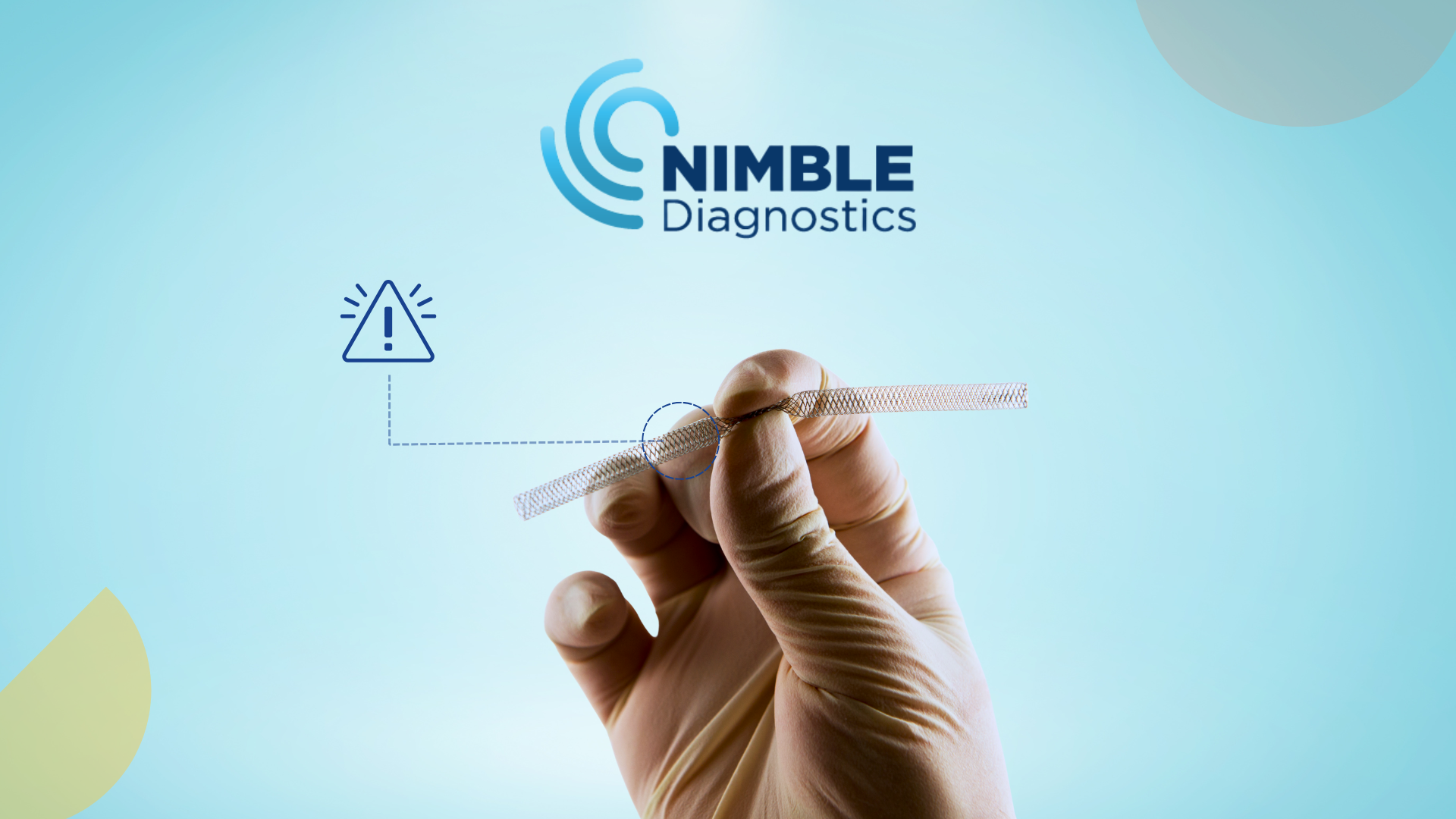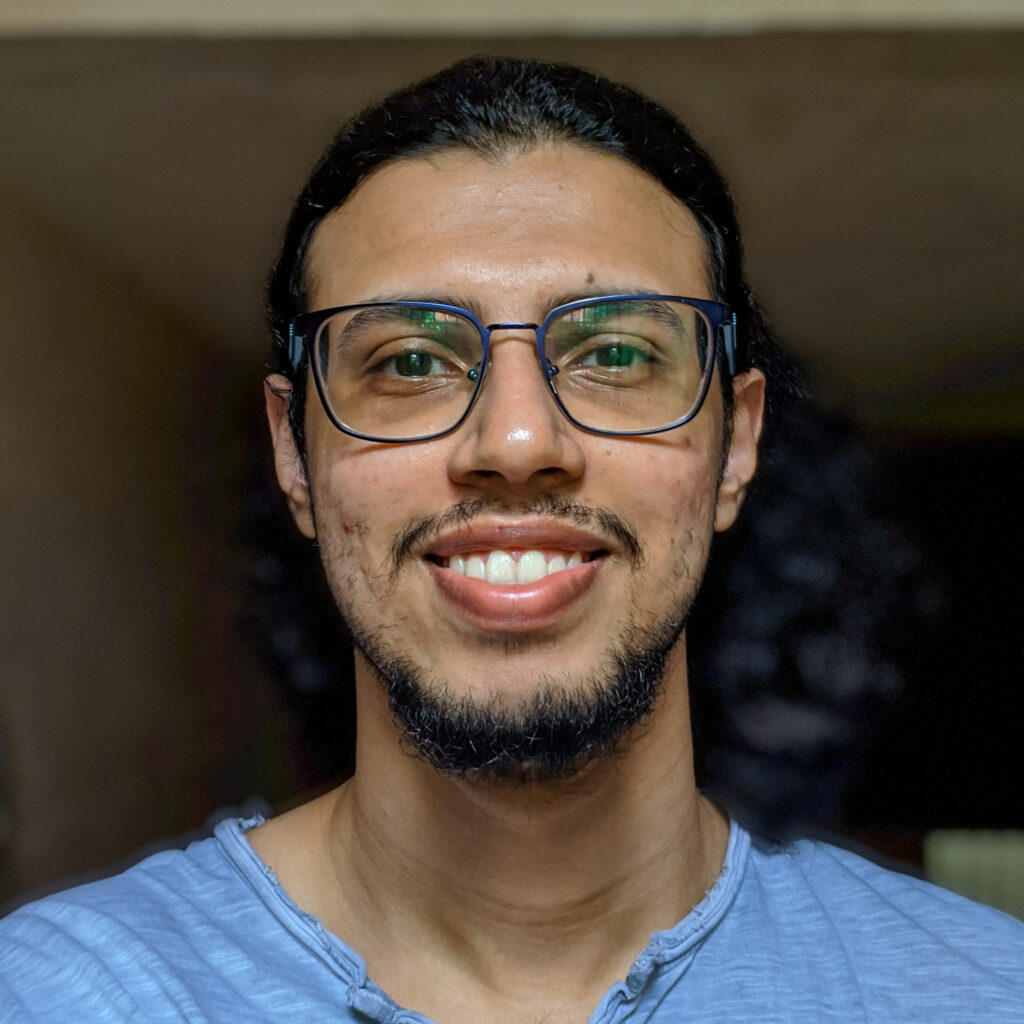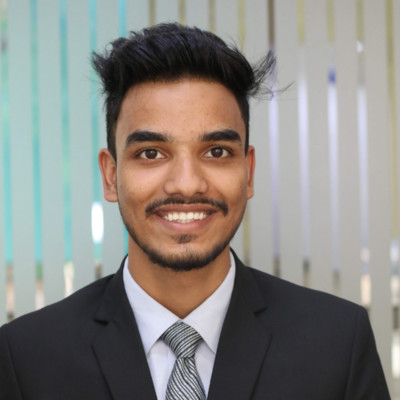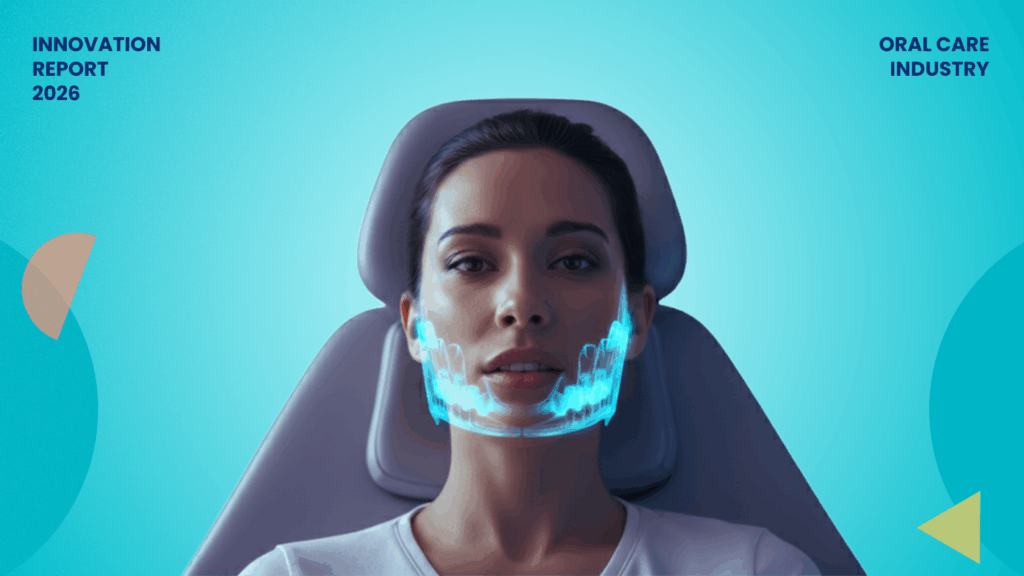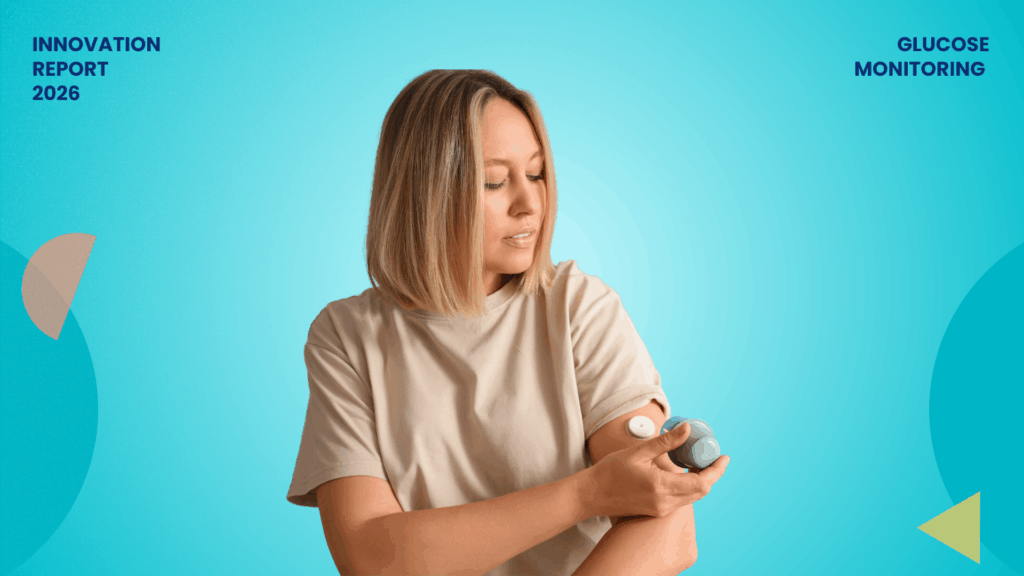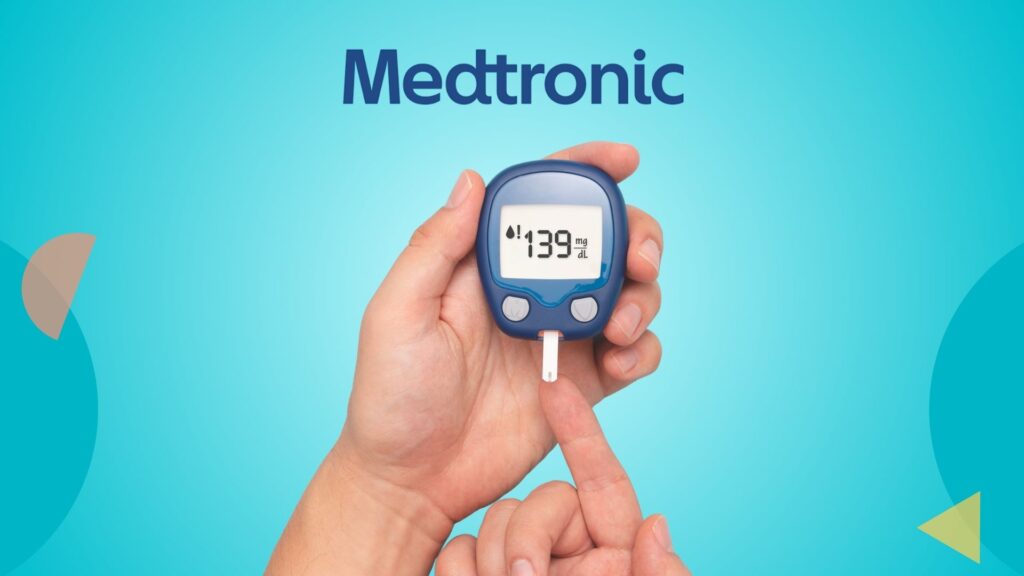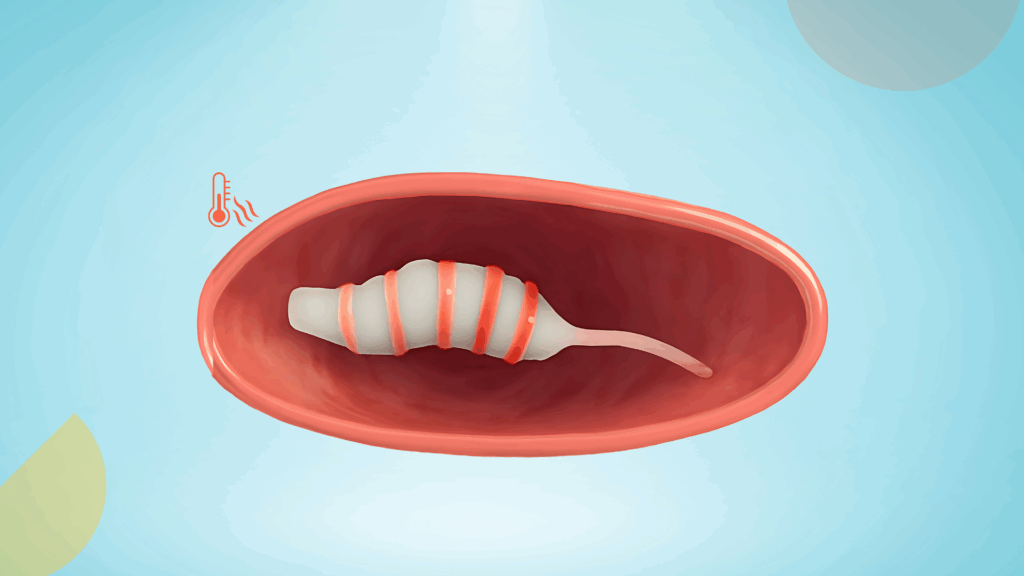The healthcare industry struggles to manage implanted medical devices, especially cardiovascular stents. Although stents treat heart conditions, they can face complications like blockage or misalignment over time. Detecting these issues usually involves invasive and costly procedures, which can be uncomfortable for patients.
Nimble Diagnostics, a Spanish startup, offers a solution to this problem. Their microwave-based technology is designed to monitor the health of cardiovascular stents noninvasively. This innovation is particularly valuable in outpatient settings, enabling faster diagnosis and intervention, ultimately improving patient care. Additionally, this system is designed for everyday clinical environments, making it accessible to a wide range of patients and healthcare providers.
To better understand their technology, we spoke to Oriol Iborra Egea, CEO of Nimble Diagnostics. This article contains notable highlights from our entire conversation.
This interview is part of our exclusive Scouted By GreyB series. Here, we speak with the founders of innovative startups to understand how their solutions address critical industry challenges and help ensure compliance with industry and government regulations. (Know more about startups scouted by GreyB!)
“This technology ensures that the procedure has gone well, and the stent is well implanted, allowing you to discharge the patient safely and quickly.”
– Oriol Iborra Egea

Dr. Oriol Iborra Egea is the Co-Founder and CEO of Nimble Diagnostics, a company specializing in noninvasive cardiovascular stent monitoring technology. He has an extensive background in cardiology research, having worked at prestigious institutions like Stanford University and Harvard Medical School. With over 30 publications, 80 congress presentations, and multiple patents, Dr. Iborra blends deep scientific expertise with entrepreneurial innovation.
How Nimble Diagnostics Uses Microwaves to Monitor Heart Stents
Nimble Diagnostics has developed an innovative, non-invasive technology that utilizes microwave signals to assess the condition of metallic implants in the body, specifically focusing on heart stents. With this technology, healthcare providers can quickly identify issues such as blockages or fractures in stents, thereby improving patient outcomes and reducing healthcare costs.
This approach eliminates the need for complex and invasive procedures currently used to detect stent complications. The company’s vision is to make their technology a standard part of routine healthcare, ensuring patients with cardiovascular stents can be monitored safely and effectively.
Please explain the innovative solutions Nimble Diagnostics offers and describe how they work.
Oriol: At Nimble Diagnostics, we aim to bridge the gap between traditional diagnostic tools, like MRAs and CTAs, and the needs of modern patients with metallic implants. Our primary focus is cardiovascular stents, small metal tubes that open blocked arteries. Traditional diagnostic methods don’t work well with patients who have metallic implants. Also, existing techniques to monitor stents can be invasive, complex, and expensive.
We’ve developed a non-invasive, microwave-based technology to address this problem. Using two antennas placed near the stent, our system sends a microwave signal that bounces off the stent. Our algorithms process the data, providing clinicians with real-time, clinically relevant information, like the level of blockage or any fractures in the stent. The process takes less than five minutes and is painless, making it suitable for outpatient settings.
Could you provide an overview of how your technology identifies even the most subtle fractures in stents?
Oriol: Our technology analyzes the microwave signal that passes through the stent and the surrounding tissue. When a fracture or misalignment occurs in the stent, the signal changes because the electromagnetic properties of the materials differ. For example, the microwave will travel differently through the stent and the surrounding tissue, helping us detect these slight differences.
The key to our technology is our advanced algorithms, which precisely clean and process signals. We’ve validated our system through extensive testing in vitro, in silico simulations, and in vivo animal trials. This process enables us to detect even the most minute fractures that could cause complications if left undiagnosed.
What challenges did you face in developing this technology, and how did you overcome them?
Oriol: One of the biggest challenges was refining the algorithms to process the microwave signals accurately in such a complex environment. Since we’re working with tiny metallic implants inside the human body, several factors can affect the signal, including body movement and the presence of other medical implants. We had to develop algorithms to filter out these interferences and focus on the relevant data.
This process required considerable time and testing, but we have now developed a robust system that can effectively handle these variables while delivering highly accurate results. Another challenge was ensuring the system was user-friendly for non-hospital settings, such as private clinics or primary care facilities. We have worked diligently to ensure the technology is user-friendly, enabling clinicians to utilize it without extensive training.
How do you tackle the critical need for early detection in patients with cardiovascular conditions?
Oriol: Currently, many patients with heart stents are monitored through invasive procedures, such as angiography, which is typically performed when symptoms appear. But by then, the damage may already be significant. Our technology changes that. By enabling continuous, non-invasive monitoring of stents, we can detect issues such as blockages or fractures before symptoms appear.
This proactive approach allows healthcare providers to address problems early, which is crucial in preventing severe outcomes like heart attacks or strokes. With our technology, doctors can intervene at the right time, ensuring the best possible outcomes for patients. It also helps avoid unnecessary procedures and costs.
Could you share your vision for scaling this technology moving forward?
Oriol: Our first goal is to expand the use of our technology within the cardiovascular care field. We are focused on perfecting the technology for heart stents. Once this is solidified, we plan to apply the same principles to other types of implants, such as stents for peripheral or cerebrovascular applications.
In the long term, we envision our technology being used in homes, enabling patients to monitor their stents independently. However, this requires overcoming significant technical challenges, such as miniaturizing the technology. For now, we are focusing on making it widely available in clinics and outpatient settings, which is already a game-changer for patient care.
How do you see your technology fitting into the broader healthcare landscape?
Oriol: Our technology can significantly impact how cardiovascular diseases are managed. By offering a noninvasive, quick, and cost-effective solution for monitoring heart stents, we can reduce the need for expensive and risky procedures, making healthcare more affordable. Additionally, our technology could help alleviate the burden on hospitals by allowing patients to receive follow-up care in outpatient settings.
We also see opportunities for expanding into other areas of healthcare, such as monitoring other types of implants or even devices in different medical fields. We’re not just developing a product for today but creating a platform that can evolve to address various future challenges.
What feedback have you received from clinicians about your technology?
Oriol: Clinicians have been very optimistic about the potential of our technology, especially in terms of its ease of use and speed. The feedback we have received so far has highlighted how clinicians appreciate that our system provides immediate, clinically relevant information without requiring complex interpretations.
In some countries, such as Germany, where patients undergo invasive procedures like angiography even if they do not exhibit symptoms, our technology has been viewed as a means to avoid unnecessary tests, which is a significant advantage. In other markets, like the US, where healthcare is more procedure-driven, clinicians are excited about how our technology can help them identify high-risk patients early, enabling more targeted interventions. The feedback has been overwhelmingly positive, and it’s been exciting to see the enthusiasm from the medical community.
Meet our Interviewer – Shabaz Khan, Marketing Manager at GreyB
Shabaz Khan, Marketing Manager
Want to find other scalable startups innovating in patient care and implant monitoring? Please fill out the form below to contact our experts.
Get in touch
Please share your query below

